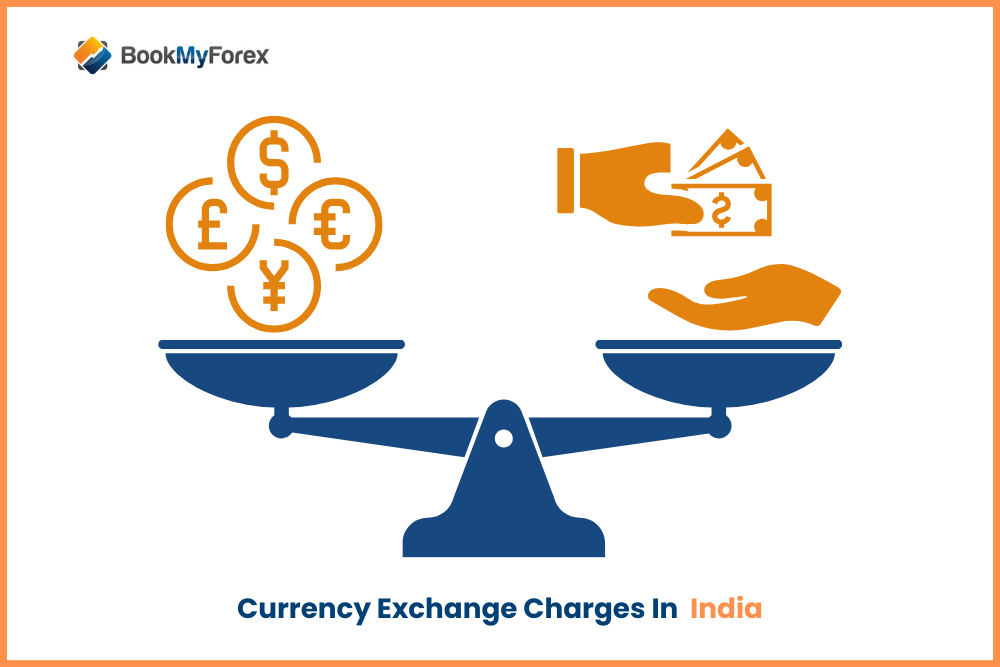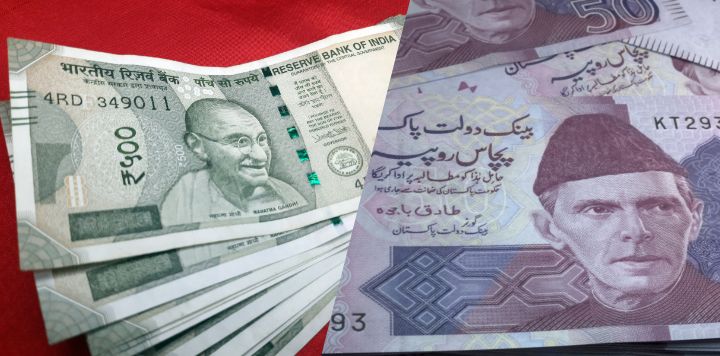The Indian Rupee has a long and interesting history that spans over a thousand years. From its early beginnings to the modern currency we use today, the Rupee tells the story of India’s rich history and economic growth. Let’s take a journey through time to understand the evolution of the Indian Rupee, from 712 AD to the present day.
The First Silver Coins (712 AD)
The history of the Indian Rupee began in 712 AD when Arab invaders introduced silver coins called Dirhams in the region of Sindh (now in Pakistan). These coins were among the earliest forms of currency used in India and laid the foundation for the development of future coinage in the subcontinent.
Early Medieval Period (8th to 12th Century)
After the introduction of Dirhams in 712 AD, the Indian subcontinent saw the rise and fall of various regional kingdoms and empires, each of which developed its own coinage systems such as:
1. The Rajput kingdoms in northern and central India issued their own coins, often made of silver, gold, and copper. These coins featured various designs, including depictions of rulers and deities.
2. In southern India, the Chola dynasty issued gold coins known as Pon and Kasu, which were used extensively for trade within the empire and with foreign merchants.
3. The Pala Empire in eastern India issued silver coins for domestic trade and international commerce. The coins typically featured inscriptions in Sanskrit and symbols related to Buddhism.
The Delhi Sultanate (1206-1526)
During the Delhi Sultanate (1206-1526), the coinage system became more organized. The rulers issued silver Tanka and copper Jital coins, which were widely used for trade and daily transactions. The standardization of coinage during this period contributed to smooth trade across the Sultanate’s territories.
Standardizing the Coinage System (1540-1545)
The Delhi Sultanate and subsequent dynasties used various coinages, which often varied in weight, material, and value. However, it was Sher Shah Suri (1540-1545), a Pashtun ruler, who finally brought uniformity to the monetary system.
He introduced a silver rupee that weighed 178 grains and was divided into 40 copper paise. This rupee became the standard for subsequent Indian currencies, ensuring consistency in trade and taxation across his empire.
Consolidation of the Rupee (1556-1605)
The consolidation of the rupee as the primary currency in India took place during the Mughal Empire, particularly under the reign of Emperor Akbar, who ruled from 1556 to 1605. His administration ensured that the silver rupee remained consistent in weight and purity, which facilitated trade throughout the vast Mughal territories.
The Maratha Empire (1674-1818)
The Maratha Empire also contributed to the development of coinage in India. The Marathas issued silver coins called Rupees, similar to the Mughal Rupees but often bearing different inscriptions and symbols. The Maratha Rupee also played a key role in further solidifying the rupee’s status as a vital currency in the Indian subcontinent.
Introduction of Paper Money (1861)
The British East India Company established its control over India in the 18th century and introduced several monetary reforms. In 1861, the British administration enacted the Paper Currency Act, which gave the British government the exclusive right to issue paper money in India.
This marked the beginning of modern paper currency in the country. The British introduced various series of notes, starting with the Victoria Portrait Series, which featured the portrait of Queen Victoria and included denominations like Rs 10, Rs 20, Rs 50, Rs 100, and Rs 1000.
Small Denomination Notes (1917)
Due to economic challenges during World War I, smaller denomination notes were introduced. In 1917, Rs 1 notes were issued to make transactions more convenient during times of economic hardship. These notes were widely used by the general public and played a crucial role in everyday transactions.
King’s Portrait Series (1923)
In 1923, a new series of notes featuring the portrait of King George V was introduced. These notes came in denominations such as Rs 5, Rs 10, Rs 50, Rs 100, Rs 500, Rs 1,000, and Rs 10,000. The King’s Portrait Series featured better features and designs.
Establishment of the Reserve Bank of India (1935)
The Reserve Bank of India (RBI) was established on April 1, 1935, as the central banking authority of the country. The RBI was tasked with managing the issuance of currency, regulating monetary policy, and ensuring the stability of the financial system.
In January 1938, the RBI issued its first note of Rs 5, followed by Rs 10, Rs 100, Rs 1000, and Rs 10,000 notes between February and June of the same year. However, in 1946, these notes were demonetized to control black money.
Post-Independence Era (1947 till today)
Some of the major events that have impacted Indian currency post-independence are listed below:
1950: The first coins of independent India were issued in denominations of 1 pice, 1/2, 1, and 2 annas, 1/4, 1/2, and Rs 1.
1953: Hindi was prominently featured on new notes, reflecting the linguistic diversity of the country. The plural of ‘rupaya’ was decided as ‘rupiye’ to standardize the terminology.
1954: High denomination notes like Rs 1000, Rs 5000, and Rs 10,000 were reintroduced to facilitate large transactions and cater to the needs of businesses and financial institutions.
1957: The Rupee was decimalized, meaning it was divided into 100 naye paise. This change simplified the currency system and aligned it with international standards.
1967: Note sizes were reduced to conserve resources and reduce production costs. The smaller notes were easier to handle and store.
1980: New notes featured symbols of science and progress, such as the Aryabhatta satellite on the Rs 2 note and an oil rig on the Rs 1 note.
1987: Rs 500 note was introduced to meet the growing demand for higher denomination currency. This note featured the portrait of Mahatma Gandhi.
1992: Stainless steel Rs 1 and Rs 5 coins were introduced to replace older coins made of less durable materials. The new coins were more resistant to wear and tear.
1995: Rs 1 and Rs 2 notes were removed from circulation.
1996: The Mahatma Gandhi series of notes was introduced, replacing the older Lion Capital series. This new series featured enhanced security elements and modern designs.
2005: The ₹10 coin was first introduced in India in 2005. This coin was part of a series of high-denomination coins introduced to facilitate larger transactions.
2010: The new symbol ‘₹’ was officially adopted, giving the Indian Rupee a unique identity on the global stage.
2011: Coins of 25 paise and below were demonetized. New series of 50 paise coins and Rs 1, Rs 2, Rs 5, and Rs 10 notes with the new rupee symbol were introduced.
2012: The ‘₹’ sign was incorporated into notes of the Mahatma Gandhi series in denominations of Rs 10, Rs 20, Rs 50, Rs 100, Rs 500, and Rs 1000.
2016: In a significant move, Rs 500 and Rs 1000 notes were demonetized to combat black money and counterfeit currency. New Rs 500 and Rs 2,000 notes were then introduced.
2017: A new ₹200 note was introduced in August 2017. The new note was part of the Mahatma Gandhi series.
2020: The Reserve Bank of India (RBI) experimented with polymer notes for ₹20 and ₹50 denominations to assess their durability and longevity.
Ongoing Initiatives and Updates
The Indian rupee continues to evolve in response to domestic and global economic trends. Several initiatives are underway to enhance the currency’s efficiency, security, and global reach. One of the most significant developments is the Reserve Bank of India’s (RBI) pilot project for a Central Bank Digital Currency (CBDC), called the Digital Rupee. This digital form of currency is expected to offer benefits like faster transactions, improved financial inclusion, and enhanced security.



























